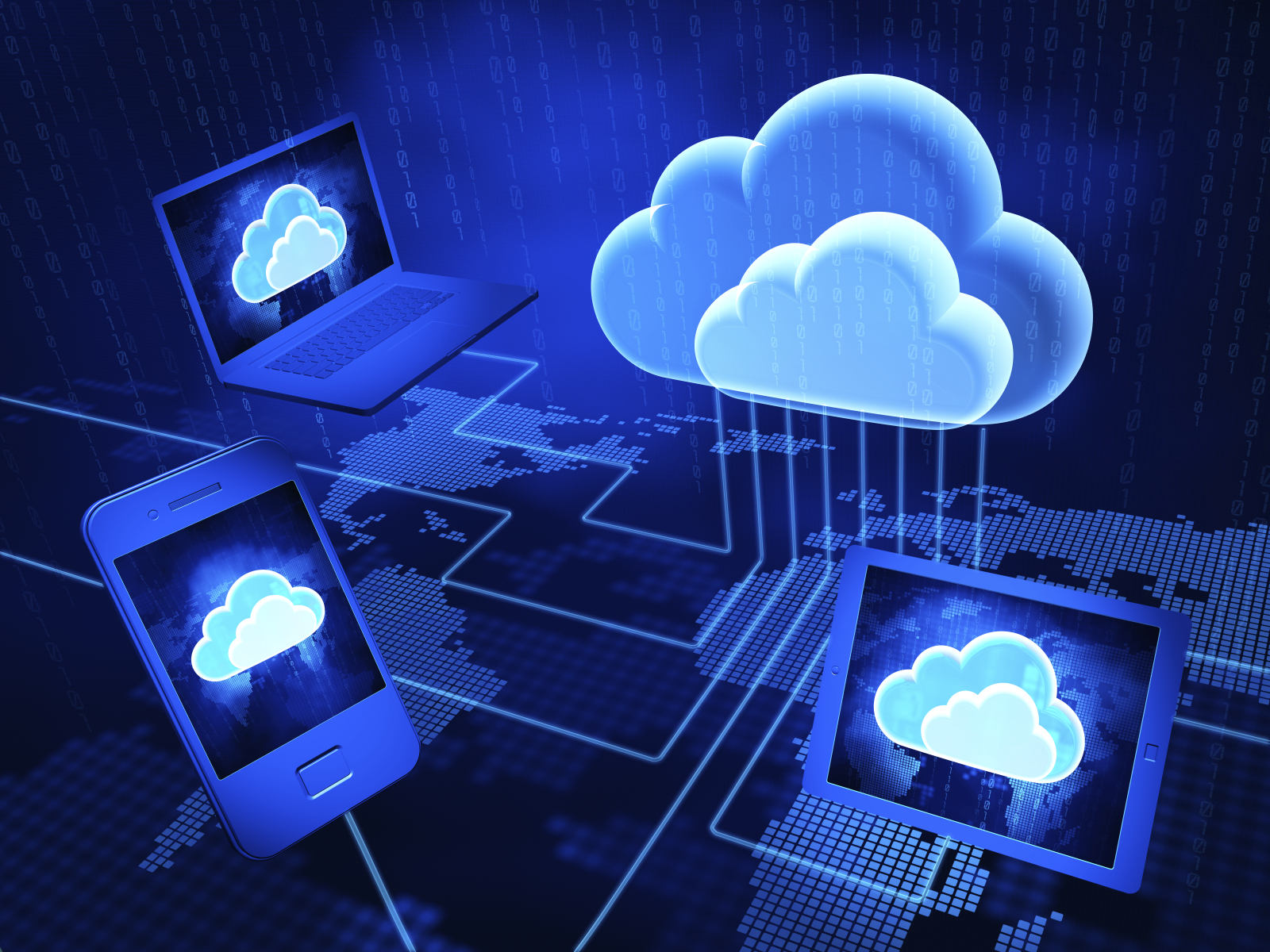From the Camera to the Cloud: How Computer Vision Turns Data Into Action

Success in business often comes down to making rapid-fire decisions based on sudden market shifts. Thanks to computer vision — a fast-rising technology at the forefront of AI — businesses and others can do just that.
Day in and day out, cameras all around us collect massive amounts of data. But only about 10 percent of that information actually gets used, leaving valuable insights by the wayside.
Enter computer vision. Computer vision technology teaches computers to see and comprehend the world. Using deep learning neural networks, computers can identify, process, and analyze images captured by smart cameras and other devices.
The upshot: Insights can be quickly deployed to boost profits and to solve problems. The applications are wide-ranging. Computer vision is already being harnessed to do such things as spot product defects on assembly lines, manage retail inventory, diagnose illnesses, promote safety in cities and airports, and much more.
Improving Customer Experiences
Among the industries that see some of the greatest potential in computer vision is retail. The sector is witnessing a seismic shift as online shopping continues to gain ground, and brick-and-mortar outlets increasingly shutter. As their physical stores face mounting competition, retailers are employing vision technology to boost efficiency and deliver more desirable shopping experiences.
Imagine walking into a store, grabbing what you want, and simply walking out the door. No need to stand on an annoying checkout line. This is no longer a shopper's fantasy. In fact, CloudPick, a retail technology startup, is using an Intel vision product, the OpenVino toolkit, to allow retailers to go cashierless.
When shoppers enter a store, they simply download a QR code. High-definition cameras and computer vision algorithms track their selections. When shoppers leave the store, they're automatically billed.
Keeping Hot Items in Stock
Another retail problem that computer vision is helping to solve: out-of-stock merchandise.
Arriving at a store and not finding the items you want is not just a drag for customers, it also can drag down the bottom line. Indeed, inventory being out of stock is often cited by shoppers as a key reason why they leave a store without making a purchase.
Using vision technology, retailers can gain unprecedented visibility into what's moving off their shelves. Store employees receive automatic alerts when it's time to restock. No more time-consuming manual inventory-taking required.
Contributing to the Factory of the Future
Similar innovations are being put to work in factories. AI-powered vision systems are allowing manufacturers to automate myriad assembly line tasks and improve efficiencies and outcomes.
Take the process of defect detection. Finding problems on an assembly line early is critical, especially when producing products that require a high degree of quality and reliability. Depending on humans to spot defects can be a time-consuming, costly, and often inaccurate process.
But with strategically placed cameras and a machine vision algorithm in place, factory floor inspections can move as swiftly as the production line — and achieve close to 100 percent accuracy.
Smart Cameras Mean Smart Cities
But it's not just businesses that stand to benefit from computer vision.
As urban populations balloon, cities are turning to computer vision apps to improve quality of life. For instance, cities are using vision tools to monitor traffic flow and to make real-time decisions aimed at reducing congestion. Smart cameras capture and analyze traffic patterns. The data is automatically sent to intersections that might be hit by traffic jams down the line. Meanwhile, alerts are sent to drivers to help them adjust their routes.
Nowhere is computer vision's potential to transform urban life more evident than in San Diego. The city, in partnership with Intel and others, is deploying the world's largest smart city sensor platform by adding thousands of intelligent sensor nodes into streetlights citywide.
As a result, San Diego can gather data in real time and use the information in multiple ways, including directing drivers to available parking spots and helping first responders deal with emergencies. That's just the beginning. The city has adopted an open platform that can be used to develop more AI tools in the future.
As computer vision continues to develop and innovate, San Diego — and others — can find new ways to put valuable data to work.
In Sum
- Each day, cameras all around us collect massive amounts of data. But only about 10 percent of that information actually gets used, leaving valuable insights by the wayside.
- Computer vision technology teaches computers to see and comprehend the world. Using deep learning neural networks, computers can identify, process, and analyze images captured by smart cameras and other devices. The resulting insights can be quickly deployed to boost profits and solve problems in manufacturing, retails, transportation, and beyond.
Click the social buttons to share this story with your friends and colleagues.
The opinions and points of view expressed in this content are exclusively the views of the author and/or subject(s) and do not necessarily represent the views of MediaVillage.com/MyersBizNet, Inc. management or associated writers.

